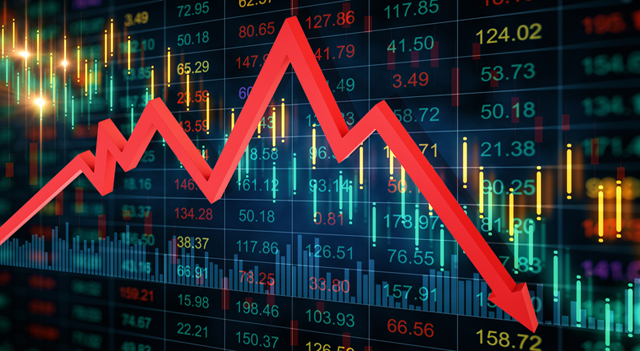The strong equity rally that started in April may face a deeper correction as trade tensions between the U.S. and China intensify, according to Michael Wilson of Morgan Stanley. Technical signals suggest the S&P 500 could fall around 11% if there’s no easing of tensions in the coming weeks.
Wilson explained that the setup for a market correction was already “in place given elevated positioning, valuation anxiety, and unfavorable seasonals,” and that the trade conflict has now become the trigger.
Even before the tariff shock, weakening earnings revision breadth ahead of reporting season and hopes for a trade breakthrough at APEC had already weighed on sentiment. Friday’s sharp sell-off was felt most in crowded long positions and cyclical sectors, amplified by heavy hedge fund and systematic exposure.
With neither Washington nor Beijing signaling any willingness to retreat before the November 1 deadline, volatility is expected to remain high. “If we don’t see de-escalation into early November, we think this correction is likely to be larger than most are expecting,” Wilson writes, estimating a pullback of 10–15% based on key retracement levels.
“A 38% retracement of the first leg up would be 6027, 11% below recent highs,” he noted, highlighting that this level aligns with the 200-day moving average and would close a gap from June trading. If this level breaks, Wilson sees 5800 — about 15% below the recent peak — as the next solid support zone.
The bear scenario outlined by Morgan Stanley assumes the U.S. moves forward with an additional 100% tariff on Chinese goods, while Beijing counters with broad rare earth export restrictions. Such a standoff would resemble a trade embargo and challenge the bank’s early-cycle recovery thesis.
While the bank continues to view the current weakness as a correction within a new bull market that began in April, it warns the journey could be volatile if policy uncertainty persists.
Wilson also emphasized shrinking global dollar liquidity and stretched positioning in sectors most vulnerable to trade tensions, including semiconductors, quantum computing, and other crowded trades.
On portfolio strategy, Wilson reiterated that quality remains the most effective hedge against policy shocks. He favors Healthcare as the top defensive sector, while maintaining an underweight stance on Consumer Discretionary due to its “outsized China tariff cost exposure.”
Should tensions ease and markets stabilize, Wilson expects the broader recovery trend to resume as the market moves toward 2026.
This content is for informational purposes only and does not constitute financial, investment, or other professional advice. It should not be considered a recommendation to buy or sell any securities or financial instruments. All investments involve risk, including the potential loss of principal. Past performance is not indicative of future results. You should conduct your own research and consult with a qualified financial advisor before making any investment decisions.
Some portions of this content may have been generated or assisted by artificial intelligence (AI) tools and been reviewed for accuracy and quality by our editorial team.
